One of the greatest debates in speculation: What comes first? The news or the price? Most novice market speculators are addicted to reading and attempting to interpret economic news. They feel that if they aren’t following the latest headlines that they must be missing out on the best market action. The reality, however, is completely the opposite.
Amateur traders tend to focus on the wrong information. Most of the economic news typically leads to the opposite action. In fact, the reality is that the less we focus on what we read in the papers, and online, the more time we can spend on interpreting the footprints of the professionals and institutions who truly drive price.
There will always be the question of whether the news causes the market to move, or if the news follows price action. It is a subject that never gets boring to debate. Thankfully, it is also an easy question to answer when you begin to understand the power of the supply and demand dynamic and how it impacts price. Let us look at some recent examples.


In the above example, we can see a strong rally on this daily chart of the S&P 500 futures (ES). This rally was prompted by news released on November 30th by Fed chairman Jerome Powell. He stated in his speech that the Fed was planning on raising interest rates steadily and slowly. On this news, the market rallied hard, showing optimism that interest rates wouldn’t pose any immediate pressures on the market. Many novice buyers jumped into this rally.
However, the market rallied directly into a major supply level on this chart. This level was an area of major imbalance, showing institutional selling, and was an ideal entry short regardless of the news. Here’s the example below:

Think how many people were caught unaware of this move by buying right on the news rally only to be paying retail prices at supply, and then watching the market fall.
It happened again a few days later, on December 13 when the following economic data was released:

These figures showed lower inflationary impact on the economy, from CPI figures and Core CPI figures for month on month and year and year. These figures came in lower than forecast, which should have relieved pressure on the market. Indeed, the market did rally as we can see in this example:

Once again, the ES rallied, hard, drawing in amateur and excited buyers, afraid to miss the move ignited by the good news. However, at Pinnacle Institute, we follow the footprints of supply and demand imbalances. To us, this was nothing more than another opportunity to sell at a major supply level. The result turned out like this:

For the second time, the market rallied into a predetermined and qualified supply level, prompting us to sell, while others bought after the rally. The lowest risk and highest reward opportunities in the markets, will always be when you buy after a drop or sell after a rally.
By entering at pre-qualified supply and demand areas, the trader will always have the highest risk reward ratio potential and higher probability on their side. The ES has been falling since hitting this area, and at the time of writing had breached 3800 points. Regardless of the news, the market did exactly what it was supposed to do when it respected the supply and demand imbalances. Knowing where to identify these turning points, will always be of a greater advantage to you than following news.
Considering the evidence discussed in this article, it is easy to come to a logical conclusion. Footprints of major, buying and selling activity will always be present when the largest imbalances occur between supply and demand. Focus on the price and the news will begin to make more sense. Focus on the news and your trading results will likely make less sense. After all, if it was as easy as following the news, then everybody who reads it would be successful in the markets. We hope this was helpful and stay green!





